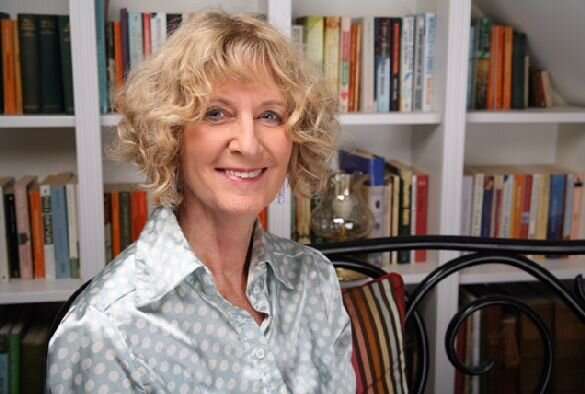New report highlights the impact of health inequalities across Europe

A new report, co-authored by University of Liverpool researchers, reveals that the gap in health between the richest and poorest in Europe is widening in many countries.
The Health Equity Status Report (HESR) is The World Health Organization European region's first ever report on health inequality. The HESR is a comprehensive review of the status and trends in health inequities and of the essential conditions needed for all to be able to live a healthy life in the WHO European Region.
The report, co-authored by researchers from the University's Department of Public Health and Policy, shows that in the 53 countries in the area there are stark differences between the impoverished and wealthiest in society.
This report identifies five essential conditions needed to create and sustain a healthy life for all: good quality and accessible health services; income security and social protection; decent living conditions; social and human capital and decent work and employment conditions.
Policy actions are needed to address all five conditions. The HESR also considers the drivers of health equity, namely the factors fundamental to creating more equitable societies: policy coherence, accountability, social participation and empowerment. The report provides evidence of the indicators driving health inequities in each of the 53 Member States of the Region as well as the solutions to reducing these inequities.
Poverty, poor education and an inadequate social safety net have an impact on health from the first months of life, the report shows. Across Europe four percent more babies in deprived areas die before their first birthday compared to those born in the most affluent ones.
Between 2005 and 2016 this gap stayed the same or widened in 23 countries. In 2016 average life expectancy across the region was 82 years for women and 76.2 years for men but there are significant differences depending on where you live and your socioeconomic status.
A woman's life expectancy is cut by up to seven years and a man's by up to 15 years if they are in the most disadvantaged groups in the region.
In an article about the report in The Telegraph, Professor Dame Margaret Whitehead is quoted as stating: "Tackling child poverty is one of the most important components of national health strategies. Over the last 30 years every report on inequality in health has emphasised the need to give children the best start in life. Tackling child poverty is one of the main ways to do that."
More information: Healthy, prosperous lives for all: the European Health Equity Status Report (2019): www.euro.who.int/en/publicatio … y-status-report-2019
Provided by University of Liverpool

















